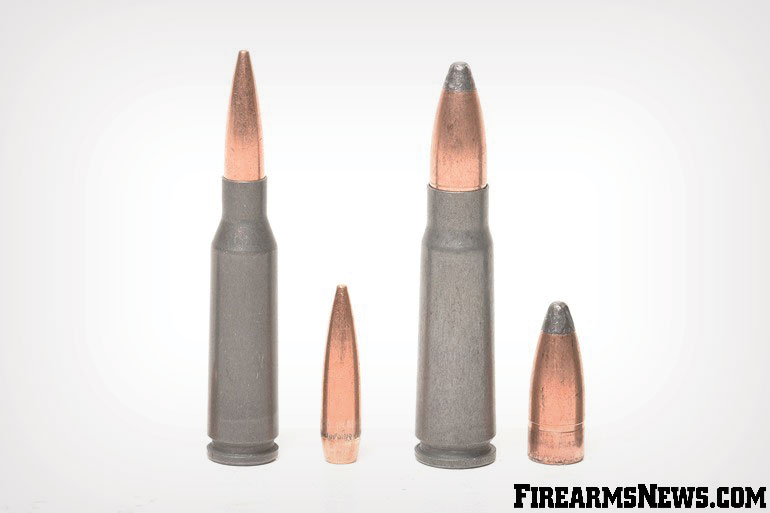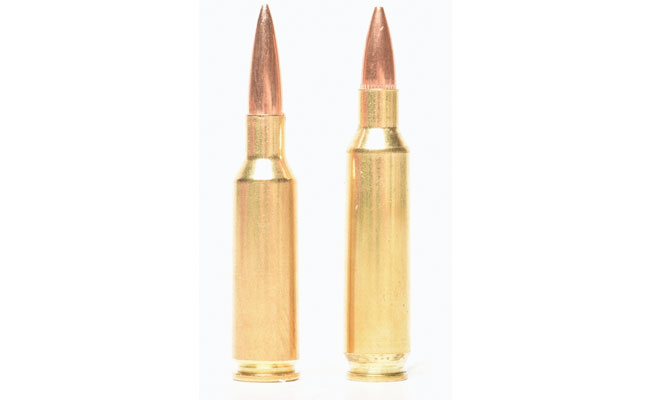


Beat the 5.56m NATO round, achieve better-suppressed sound levels, and rely on the AR-15 platform.300 AAC Blackout Advanced Armament Company (ACC) wanted to achieve the trifecta. The entire premise of the 300 blackout round was to provide a round with better ballistics from a short-barreled rifle. Which, if you can’t tell, is a tall order! Since the MP5SD was 9mm, the end-users, typically Special Forces, needed the 300 blackout to have more power, similar sound suppression, and be AR15/M4 compatible.

The premise of the 300 blackout round was to find a round that would be better in a sub-gun, namely the H&K MP5SD, which is a 9mm submachine gun.


 0 kommentar(er)
0 kommentar(er)
